We asked IT leaders if generative AI delivers results – their feedback gave a mixed picture
Firms embracing generative AI could be waiting some time for a return on investment, but IT leaders are seeing some tangible improvements to productivity


Does generative AI really benefit the bottom line? It likely depends — but Google Cloud figures companies deploying the technology should be patient and wait for a year for a return on investment (ROI).
Rising costs associated with both the development and deployment of generative AI have prompted some industry stakeholders to question the benefits of the technology.
However, according to a survey of more than 2,500 global business leaders conducted by Google earlier this year, the vast majority of companies with generative AI in production have seen an increase in revenue.
Of those surveyed, six-in-ten business leaders had at least one generative AI application in production. But pinning any revenue growth specifically on any one technology is difficult — and that means it's difficult to figure out the return on investment (ROI).
"74% of enterprises using gen AI report ROI within the first year, with 86% of those reporting increased revenue noting a 6% or more increase,” the report states.
"Once in production, organizations report an increase in annual revenue directly attributed to gen AI in 12 or more months."
Unlocking productivity with generative AI
The research sought to unpick the sources of that revenue growth, finding four main areas where AI was benefiting the bottom line.
Sign up today and you will receive a free copy of our Future Focus 2025 report - the leading guidance on AI, cybersecurity and other IT challenges as per 700+ senior executives
According to the poll, 45% of executives who saw AI benefits pinned the improvements on a doubling of employee productivity, while 56% said the technology had been used to boost security by improving threat identification and slashing time spent fixing problems.
Three-quarters reported better leads and customer acquisition, while 85% said user experience and engagement had improved.
"Generative AI is not just a technological innovation; it's a strategic differentiator," said Oliver Parker, vice president of Global Generative AI Go-To-Market for Google Cloud.
"Our research shows that early adopters of gen AI are reaping significant rewards, from increased revenue, to better customer service, to improved productivity. Organizations investing in gen AI today are the ones that will be best positioned to succeed in the coming decade."
Paul Cardno, Global Digital Automation & Innovation Senior Manager at 3M, told ITPro that the company is using its own generative AI chatbot, revealing the different tasks it allows staff to complete more quickly.
"We’ve seen the chatbot transform the 3M employee experience by enabling tasks like summarizing, document review, and brainstorming to be accomplished in seconds, boosting the efficiency and productivity of our employees with daily tasks and allowing them more time to focus on high-impact, innovative, strategic work," he said.
"I’m therefore not surprised to hear that wider research found employee productivity has at least doubled as a result of gen AI roll-outs."
Unpicking ROI
Others have raised concerns about the business benefits of AI, however. Logicalis' CIO survey suggested that 80% of respondents had yet to see a ROI from AI. But there's disagreement.
A survey from software company Freshworks, for example, showed AI-enhanced tools could free up 24 business days annually, with UK business leaders estimating it saves an average three hours a week. Meanwhile, software management platform WalkMe surveyed office workers, finding half saw no improvement in productivity from AI tools.
How long it takes to see benefits of course depends on the technology being used — generative AI has a wide use case from API-connected data analytics tools to meeting planning assistants, which naturally have widely differing impacts on revenue.
Geoff Kneen, CEO of Advania, suggested the Google Cloud results match his own company's roll-out of Microsoft's Copilot.
"Our pilot deployments revealed the tremendous potential to improve employees’ experience and productivity by using Copilot for automating repetitive tasks," he said.
"More exciting was the power it gave our employees to accelerate problem solving. We witnessed individuals coming up with creative ways to solve the little niggles that distract them from doing their best work. We had to go workforce-wide, the potential was too compelling to delay roll-out."
Jeff Watkins, the Chief Technology Officer at CreateFuture, noted that generative AI is being used at the digital consultancy for specific use cases, in particular manual tasks where staff spend plenty of time.
"This includes areas such as the office suite (email, spreadsheets, messaging, and even slide decks), collaboration software (like Miro and Atlassian), and, of course, coding assistants, which are often the first tools people consider when discussing AI," he told ITPro.
The company tracked the potential for productivity benefits using a series of experiments, tracking how long projects took done manually and with AI augmentation, with blind reviews of the outputs.
That suggested a 33% increase in productivity across different roles, with two-thirds of people completing their tasks more quickly.
Still, Watkins noted that measuring ROI is difficult, requiring accurate and detailed metrics on areas such as customer retention and work quality.
“The more ephemeral ROI for us as a consultancy comes from reducing effort through AI augmentation and automating tasks that shouldn’t be entirely manual," he added.
"This allows our skilled consultants to spend more time collaborating with the team and our clients, allowing us to deliver better solutions that have a good market fit and exceed the expected business benefits.
ROI will differ by technology, use case, and the industry. As it's still early days for generative AI, understanding the longer term benefits will take some time.
Making it work
The Google Cloud research suggested that fast rollouts can be an indicator of future success, with 84% of those surveyed with generative AI in production achieving that within six months.
Support from the C-suite is key to success, the survey suggested, with nine in ten respondents who reported robust management support saw revenue growth estimates of 6% or more.
Core to that success was ensuring AI strategies were aligned with broader business goals — after all, if it doesn't help the business, what's the point?
"Our data underscores the importance of executive-level support and strategic alignment for maximizing the potential of generative AI," said Carrie Tharp, vice president of Strategic Industries for Google Cloud.
RELATED WHITEPAPER
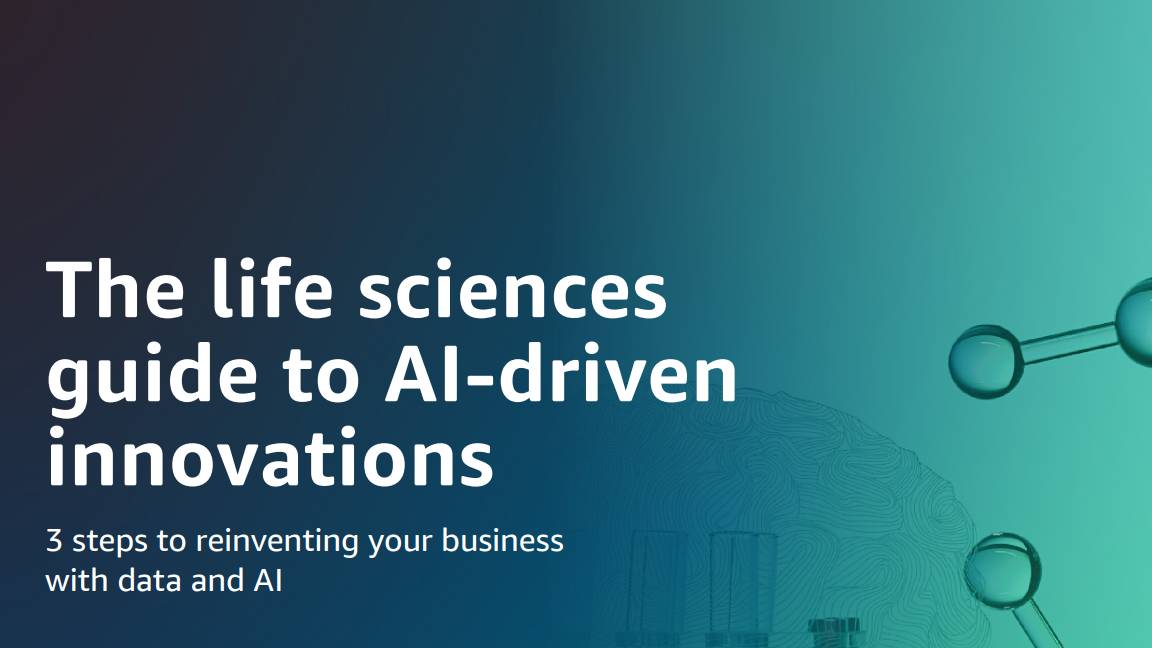
"By connecting financial business drivers with technology drivers, organizations can ensure that AI strategies are not just innovative but also tightly intertwined with core business goals.
“This strategic alignment is the key to escaping the dreaded 'pilot purgatory,' and accelerating towards tangible business impact, leveraging AI to transform operations, enhance customer experiences, and unlock new avenues for growth."
Still, Google lamented that not all companies are yet to use generative AI, with 21% testing the technology, 12% considering use cases, and 5% not starting at all.
The tech giant noted that this "lag" is largest in heavily regulated industries like finance and manufacturing.
Freelance journalist Nicole Kobie first started writing for ITPro in 2007, with bylines in New Scientist, Wired, PC Pro and many more.
Nicole the author of a book about the history of technology, The Long History of the Future.
-
 How the UK public sector could benefit from strategic channel partnerships
How the UK public sector could benefit from strategic channel partnershipsIndustry Insights Is the channel the answer to the growing cost vs budget problem facing the public sector?
-
 Microsoft wants to replace C and C++ with Rust by 2030
Microsoft wants to replace C and C++ with Rust by 2030News Windows won’t be rewritten in Rust using AI, according to a senior Microsoft engineer, but the company still has bold plans for embracing the popular programming language
-
 Google DeepMind CEO Demis Hassabis thinks startups are in the midst of an 'AI bubble'
Google DeepMind CEO Demis Hassabis thinks startups are in the midst of an 'AI bubble'News AI startups raising huge rounds fresh out the traps are a cause for concern, according to Hassabis
-
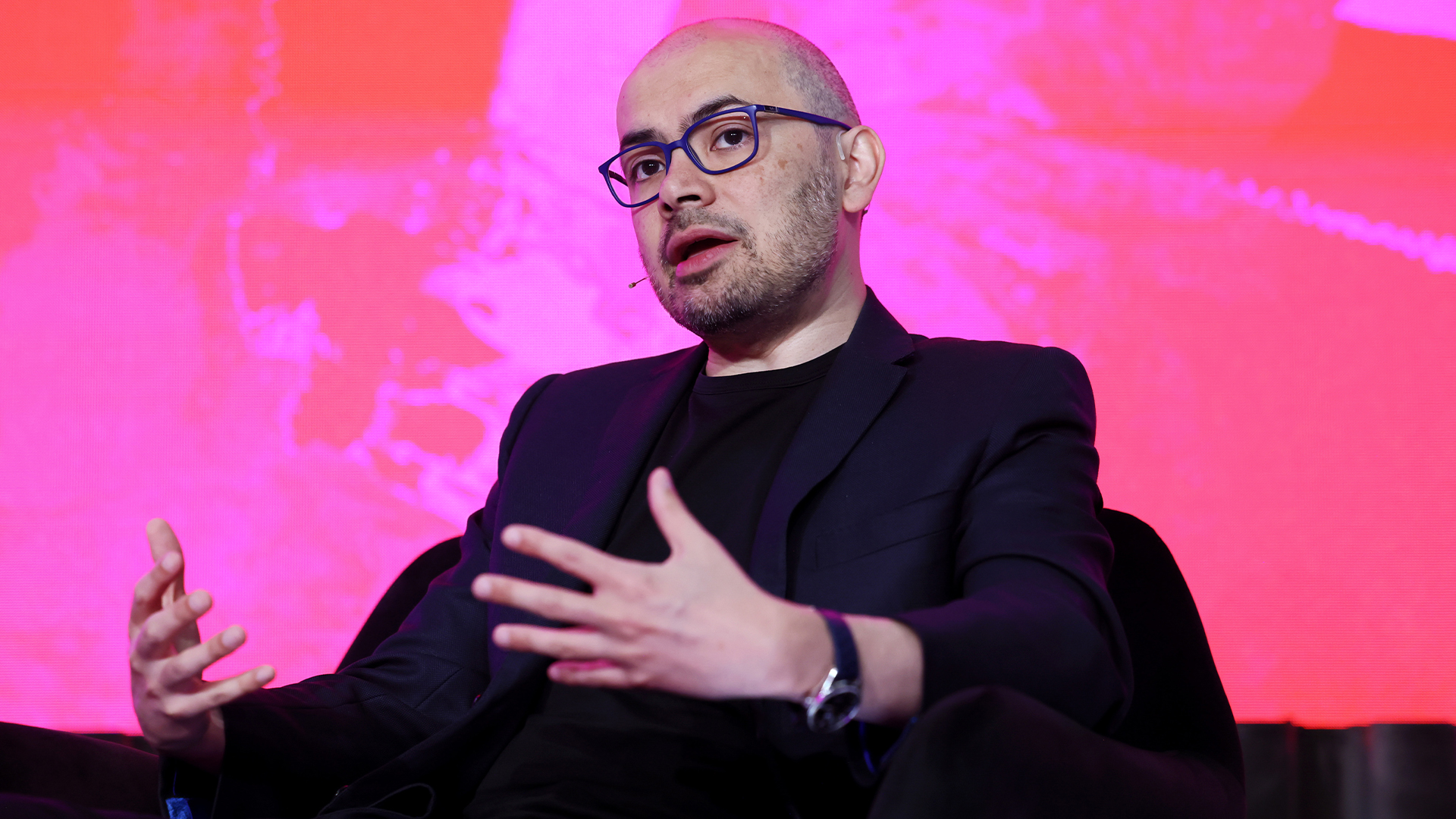 Google DeepMind partners with UK government to boost AI research
Google DeepMind partners with UK government to boost AI researchNews The deal includes the development of a new AI research lab, as well as access to tools to improve government efficiency
-
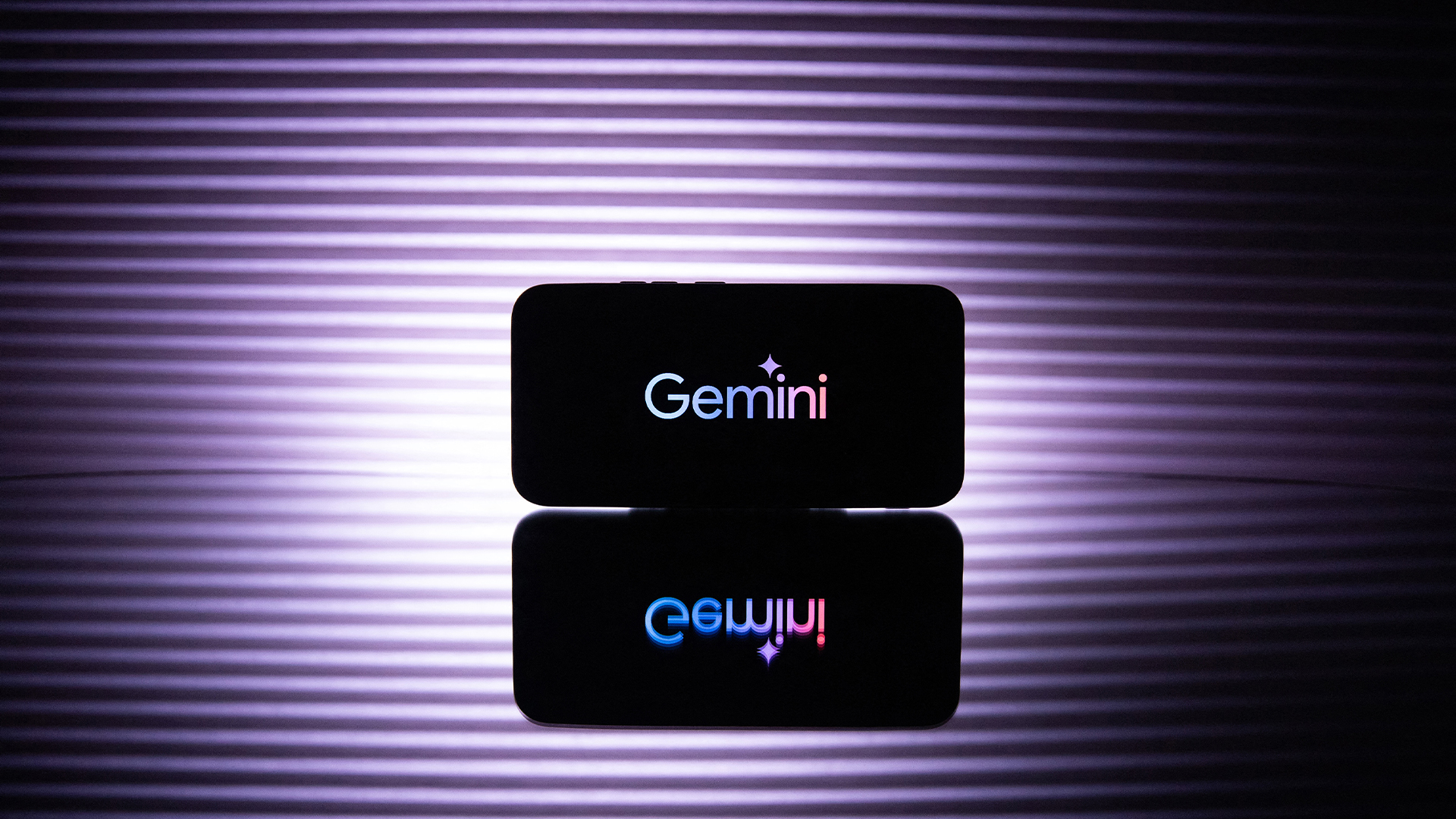 Google blows away competition with powerful new Gemini 3 model
Google blows away competition with powerful new Gemini 3 modelNews Gemini 3 is the hyperscaler’s most powerful model yet and state of the art on almost every AI benchmark going
-
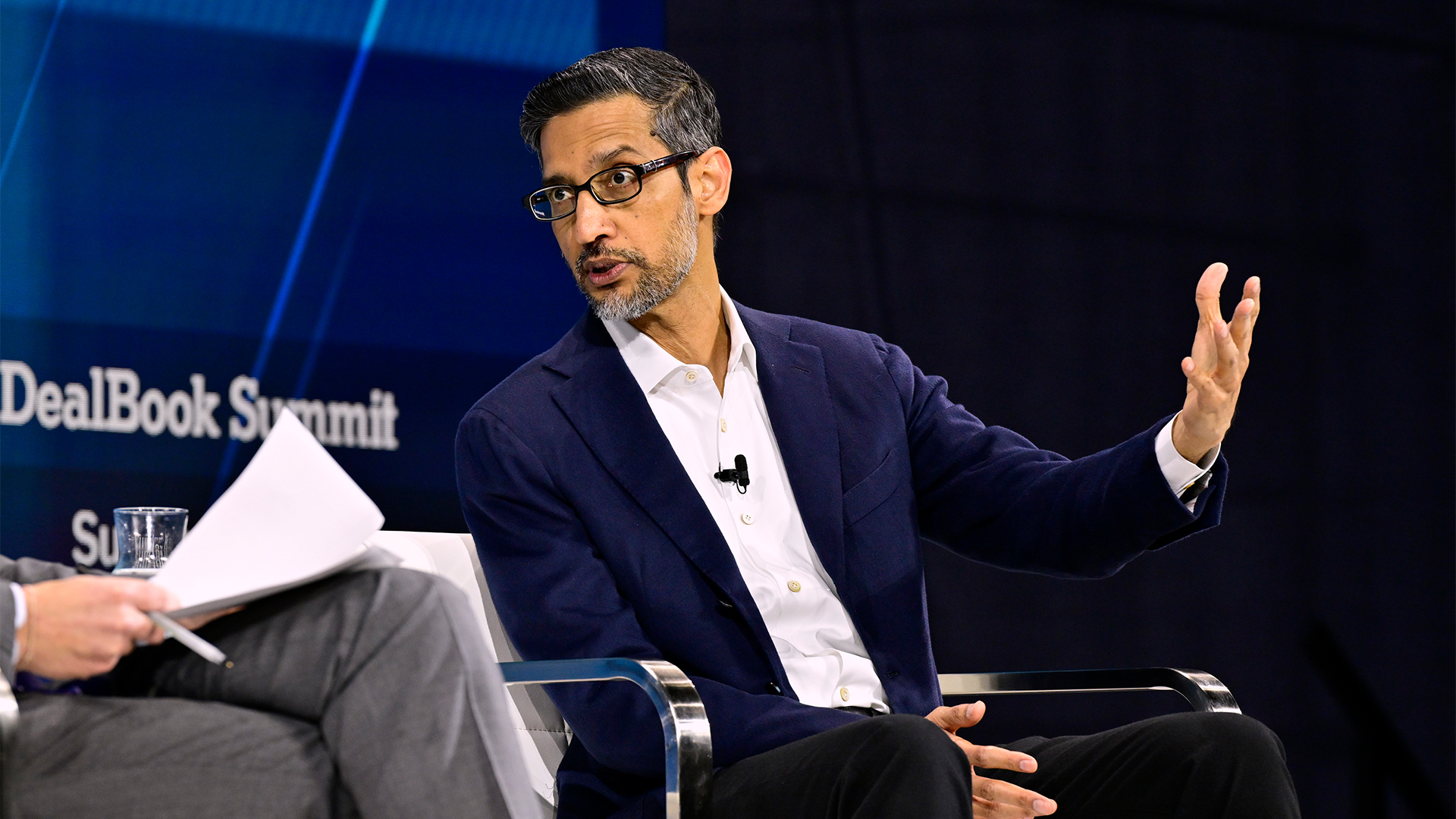 Google CEO Sundar Pichai sounds worried about a looming AI bubble – ‘I think no company is going to be immune, including us’
Google CEO Sundar Pichai sounds worried about a looming AI bubble – ‘I think no company is going to be immune, including us’News Google CEO Sundar Pichai says an AI bubble bursting event would have global ramifications, but insists the company is in a good position to weather any storm.
-
 Some of the most popular open weight AI models show ‘profound susceptibility’ to jailbreak techniques
Some of the most popular open weight AI models show ‘profound susceptibility’ to jailbreak techniquesNews Open weight AI models from Meta, OpenAI, Google, and Mistral all showed serious flaws
-
 Sundar Pichai thinks commercially viable quantum computing is just 'a few years' away
Sundar Pichai thinks commercially viable quantum computing is just 'a few years' awayNews The Alphabet exec acknowledged that Google just missed beating OpenAI to model launches but emphasized the firm’s inherent AI capabilities
-
 Google boasts that a single Gemini prompt uses roughly the same energy as a basic search – but that’s not painting the full picture
Google boasts that a single Gemini prompt uses roughly the same energy as a basic search – but that’s not painting the full pictureNews Google might claim that a single Gemini AI prompt consumes the same amount of energy as a basic search, but it's failing to paint the full picture on AI's environmental impact.
-
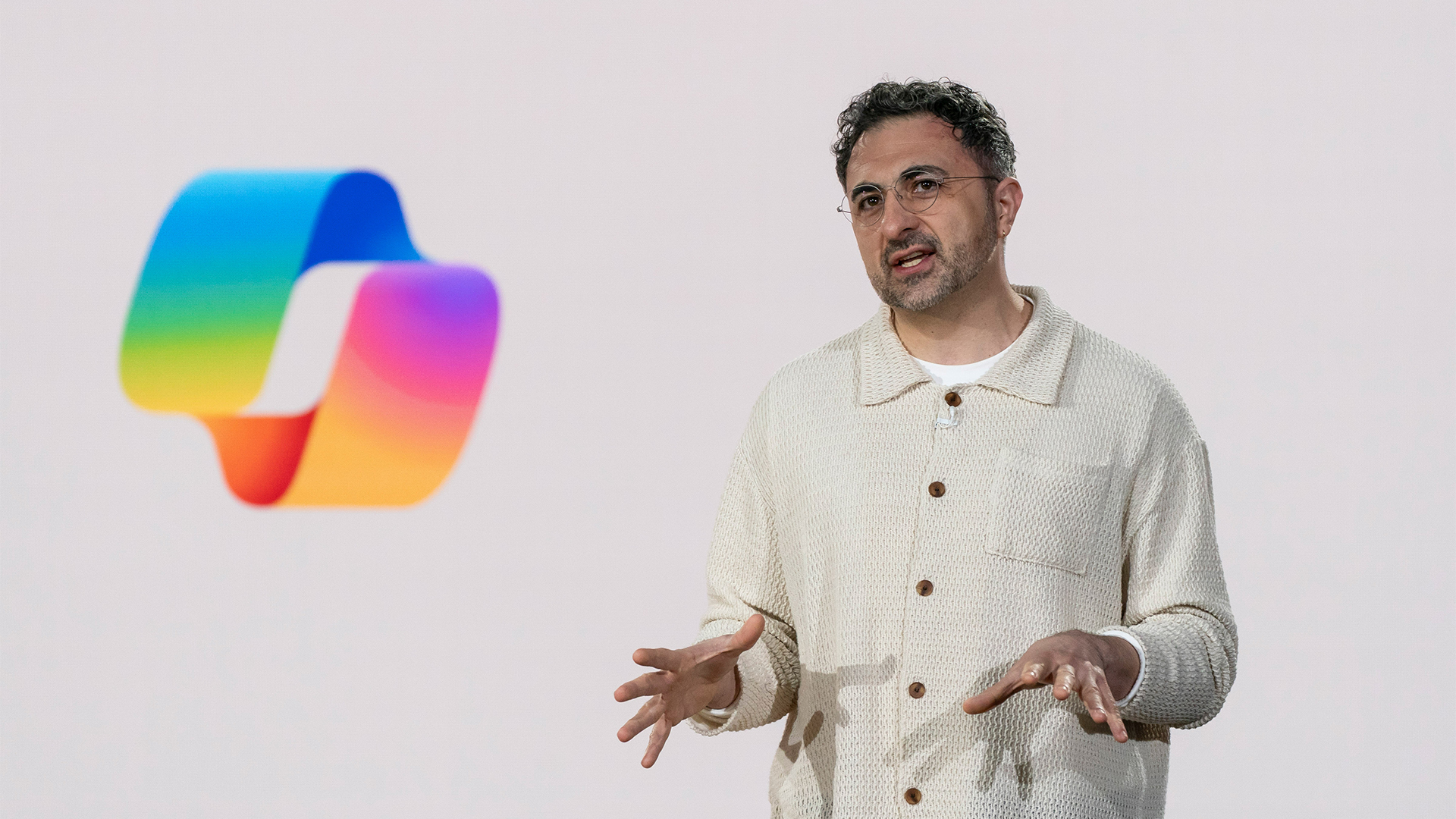 ‘LaMDA was ChatGPT before ChatGPT’: Microsoft’s AI CEO Mustafa Suleyman claims Google nearly pipped OpenAI to launch its own chatbot – and it could’ve completely changed the course of the generative AI ‘boom’
‘LaMDA was ChatGPT before ChatGPT’: Microsoft’s AI CEO Mustafa Suleyman claims Google nearly pipped OpenAI to launch its own chatbot – and it could’ve completely changed the course of the generative AI ‘boom’News In a recent podcast appearance, Mustafa Suleyman revealed Google was nearing the launch of its own ChatGPT equivalent in the months before OpenAI stole the show.
